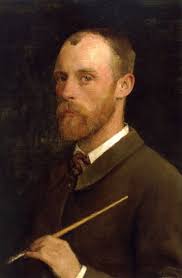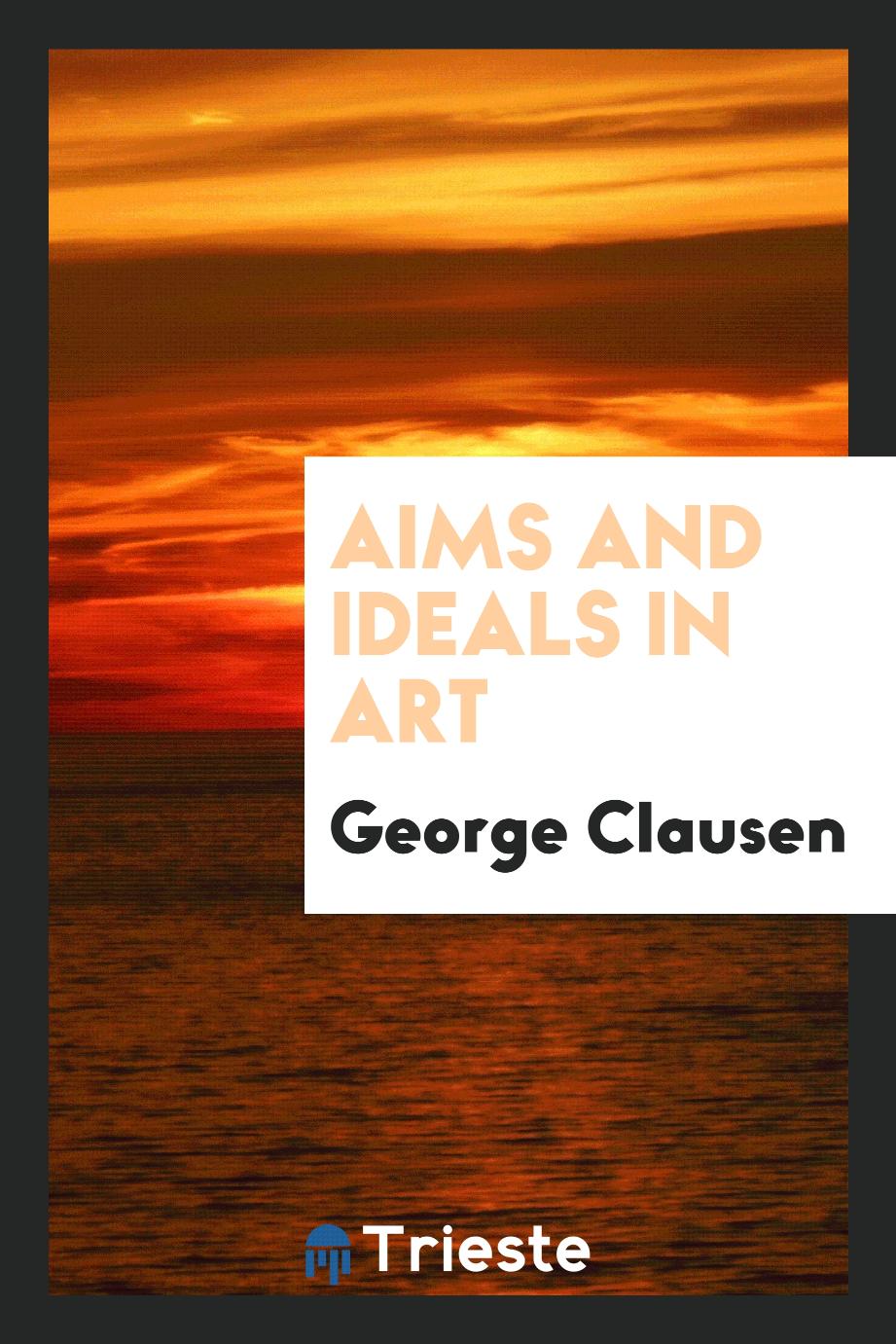
George Clausen
Sir George Clausen (April 18, 1852 - November 22, 1944) was a British artist who worked in oil, watercolor, etching, mezzotint, dry spots and sometimes lithographs. He was knighted in 1927. George Clausen was born in London on April 18, 1852 in the family of a painter-decorator of Danish origin. From 1867 to 1873, he attended design lessons at South Kensington schools in London with great success. He then worked at the Edwin Long RA studio, and then in Paris under the guidance of Bouguereau and Tony Robert Fleury at the Julian Academy. He was a fan of the naturalism of the artist Jules Bastien-Lepage, about whom he wrote in 1888 and 1892. Clausen became one of the leading contemporary artists of landscape and peasant life, influenced to a certain extent by the impressionists, with whom he shared the view that light is a real subject of landscape art. His paintings perfectly reflect the appearance of things under the scorching sunlight, in the shady shelter of a barn or stables. His Girl at the Gate was acquired by the Chantry Trustees and is now in the Tate Gallery. Clausen was one of the founders of the New English Art Club in 1886. In 1895 he was elected a member of the Royal Academy, and in 1906 he became an academician. As a professor of painting at the Royal Academy, he delivered a commemorative series of lectures for school students, published as six lectures on painting (1904) and “Goals and Ideals in Art” (1906). Clausen was an official martial artist during the First World War. During the war, his daughter's groom was killed; This event may have inspired his painting "Youth Mourning," which depicts an unhappy young woman mourning a desolate landscape. Clausen also provided six lithographs on the theme “Creating weapons for the government”, published a printed portfolio of “British efforts and ideals”.
